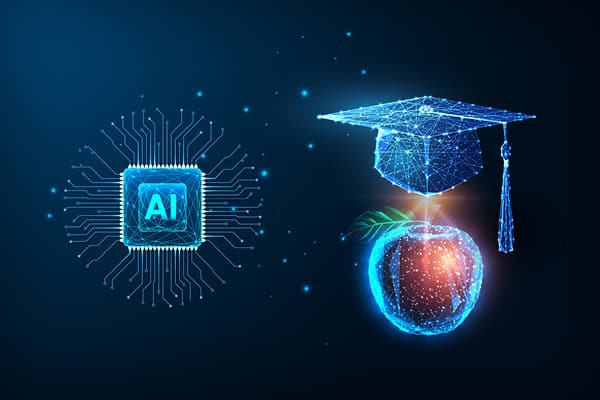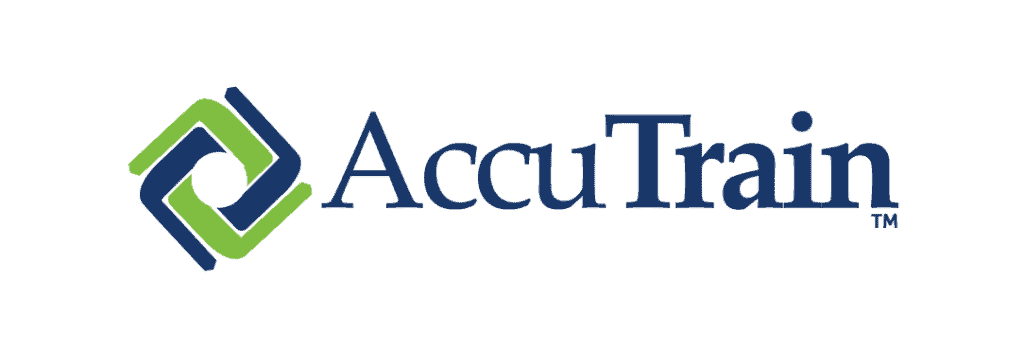Writing in eSchool News, (in an article originally appearing on the Christensen Institute’s blog) Julia Freeland Fisher, director of Education Research at the Clayton Christensen Institute, states, “We’re still in the throes of the AI hype cycle. AI is a common denominator of most of the trends I’m watching this year, and the motivations behind those trends merit a closer look.”
Trend 1: Breakthrough performance task assessments will be dynamic
“Perhaps the most exciting developments in AI for teaching and learning could come from novel assessment models that can deliver formative, dynamic performance task assessments at scale.
Key question: “Can our policies and practices absorb the potential of those new technologies into an entrenched system anchored on high-stakes summative tests? What makes these systems tick is a tricky mix of inertia and the political challenges of implementing assessments for learning and accountability. The track record of overcoming those challenges is not great.
“Federal and state accountability systems will wrestle with if and how to allow radically different AI assessment approaches to break through legacy systems. I’ll watch for states that take new strides in piloting innovative assessment and accountability systems powered by AI.
Trend 2: Self-help bots will likely replace humans
“A video of Sal Khan instructing GPT-4o to tutor his son was widely circulated last year. This portrait of a parent, bot, and student solving a problem together was compelling, but I’m not convinced tools are being built with the core assumption or hope that users will be surrounded by human support.
“The early market behind guidance bots is telling: it’s evolving to solve information and advice gaps–but is much less focused on connection gaps. In other words, there’s greater demand for tools that help students help themselves (with the help of cheerful, encouraging bots), rather than connecting them to more human help (or helpful humans) at scale.
“With a host of new GenAI tools offering on-demand coaching and support, we’re entering an era where we can finally overcome the human capital constraints that have long plagued college and career guidance systems in high schools and higher ed.
“I worry that the virtues of self-help–like empowerment, agency, and self-determination–are colliding with the realities of the market where bots are likely to become a replacement, rather than a supplement, to hard-to-fund human help.
I’ll be watching how efficacy research in these new tools evolves in the coming year and advocating for schools to demand tools that tackle both information and connection gaps with a longer view toward the supports and networks students need to succeed.
Trend 3: AI will start to displace our network of acquaintances
“AI companions are on a clear path to disrupting human connection as we know it. They cater to our deeply wired need to connect. Companions can gain a market foothold in widespread loneliness, offering a quick and frictionless alternative to seeking out human connection. Individuals who may now see AI companionship as a foreign or even absurd context will not expect the ways the technology steadily improves to meet more complex relational and social needs, optimized much like its social media predecessors to create sticky, ongoing engagement. Before we know it, many of us will have relationships with bots.
“As more time is spent conversing with bots, people will invest less time in human conversation. Although that could eventually disrupt their closest friend and family networks, it’s more likely to dramatically shrink people’s weaker-tie acquaintanceship networks.
“People may not notice or miss a decline in their weak ties in the near term. But a decline in weak ties spells less access to opportunities for individuals and less resilient communities overall.
“I’ll continue to track how tools further evolve in this direction–and vigorously advocate for more transparency and attention to safeguarding all human relationships, even our looser, seemingly inconsequential connections.
Trend 4: AI efficiencies will shrink the post schooling leadership pipeline
“AI puts greater pressure on what schools are expected to do to prepare students for the labor market.
“With GenAI tools that can outcompete new graduates on a wide array of tasks, there will be even less slack in the system for early talent to perform basic tasks while they learn and are mentored on the job. We’ll likely see companies invest less in early talent and focus their mentoring energy on fewer and fewer hand-picked individuals. Whole sectors will be diligently using AI to unlock breakthrough efficiencies, all while shrinking their long-term leadership pipeline.
“I’m optimistic that this dynamic could force more higher ed institutions to adapt. The ROI of a degree was already in question, and these dynamics will further fuel students’ and families’ questions about the value of higher education.
“Adapting won’t be easy. I’ll watch models like Colabl, Backrs, Codeplay, Mentors in Tech, and others working to build the ‘middleware’ between schools and employers to scale access to meaningful work projects and resume-worthy work experience.
Trend 5: Whole child and economic mobility efforts will receive more attention
“As AI tools start to support districts’ immediate challenges, like absenteeism and proficiency, I’m waiting to see if schools start to demand tools that reach higher.
“Both whole child and economic mobility efforts aren’t entirely absent from district strategy -– they are just highly fragmented, in turn diluting their reach and efficacy. If districts start to take these goals more seriously, they should follow the research: integrated student support models provide individualized support to every student and keep educators in the wraparound services loop. These models are much more effective than ad hoc support delivered through federated, departmental structures.
“While there’s certainly enthusiasm for more career exposure and exploration, a smattering of career-related activities won’t lead to more choice-filled lives. Integrative life design, a more popular concept in higher education, should inform how schools build these pathways, allowing students to experience the world of work, reflect on those experiences, and continuously refine their sense of purpose and future possible selves.
“This year I’ll be watching for districts that take these more integrated strategies seriously in service of higher–and longer lasting–outcomes,” Fisher concludes.
eSchool News





